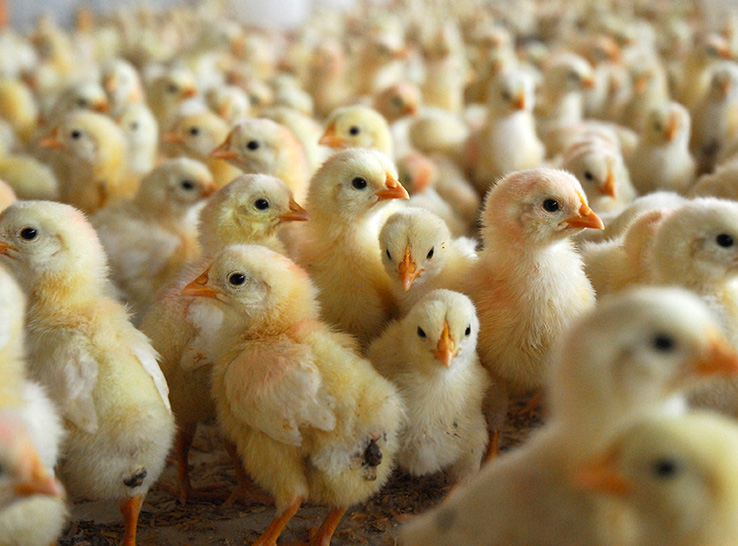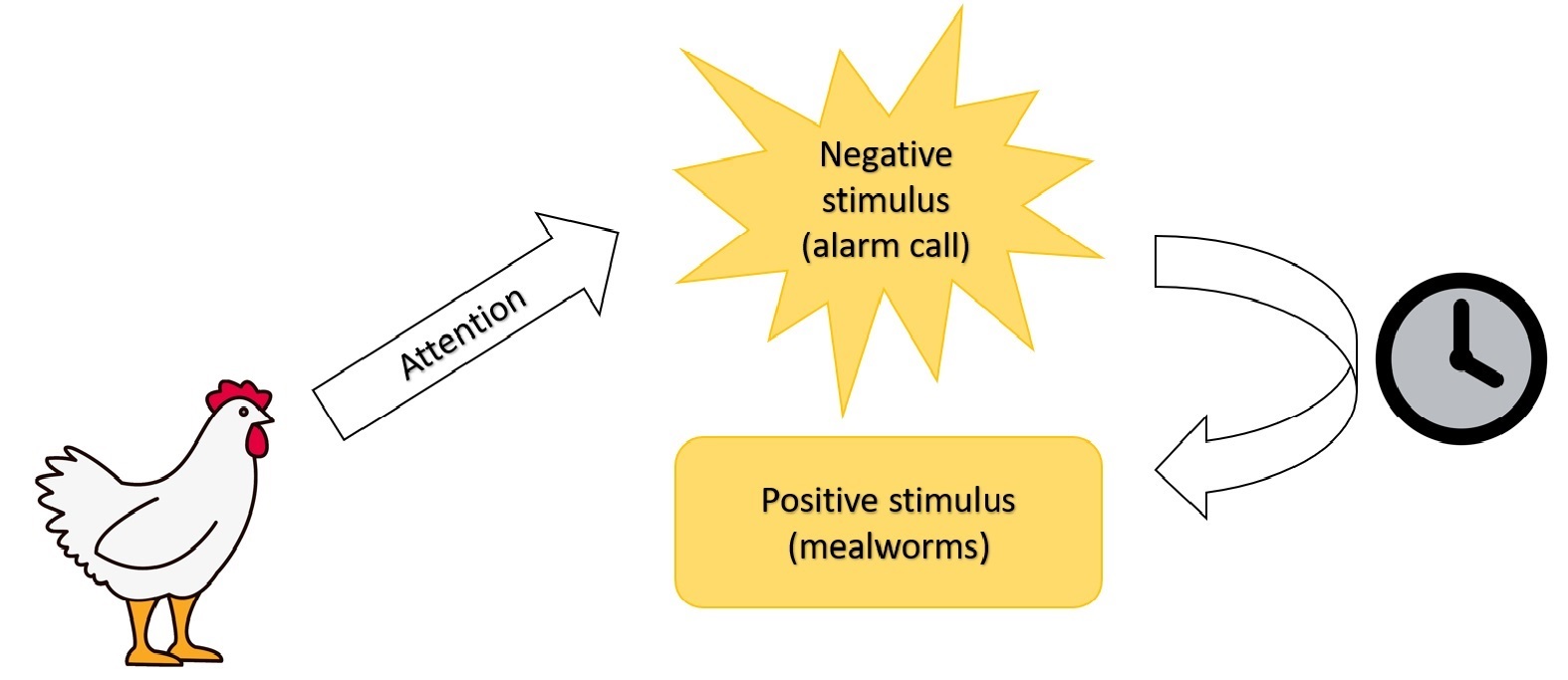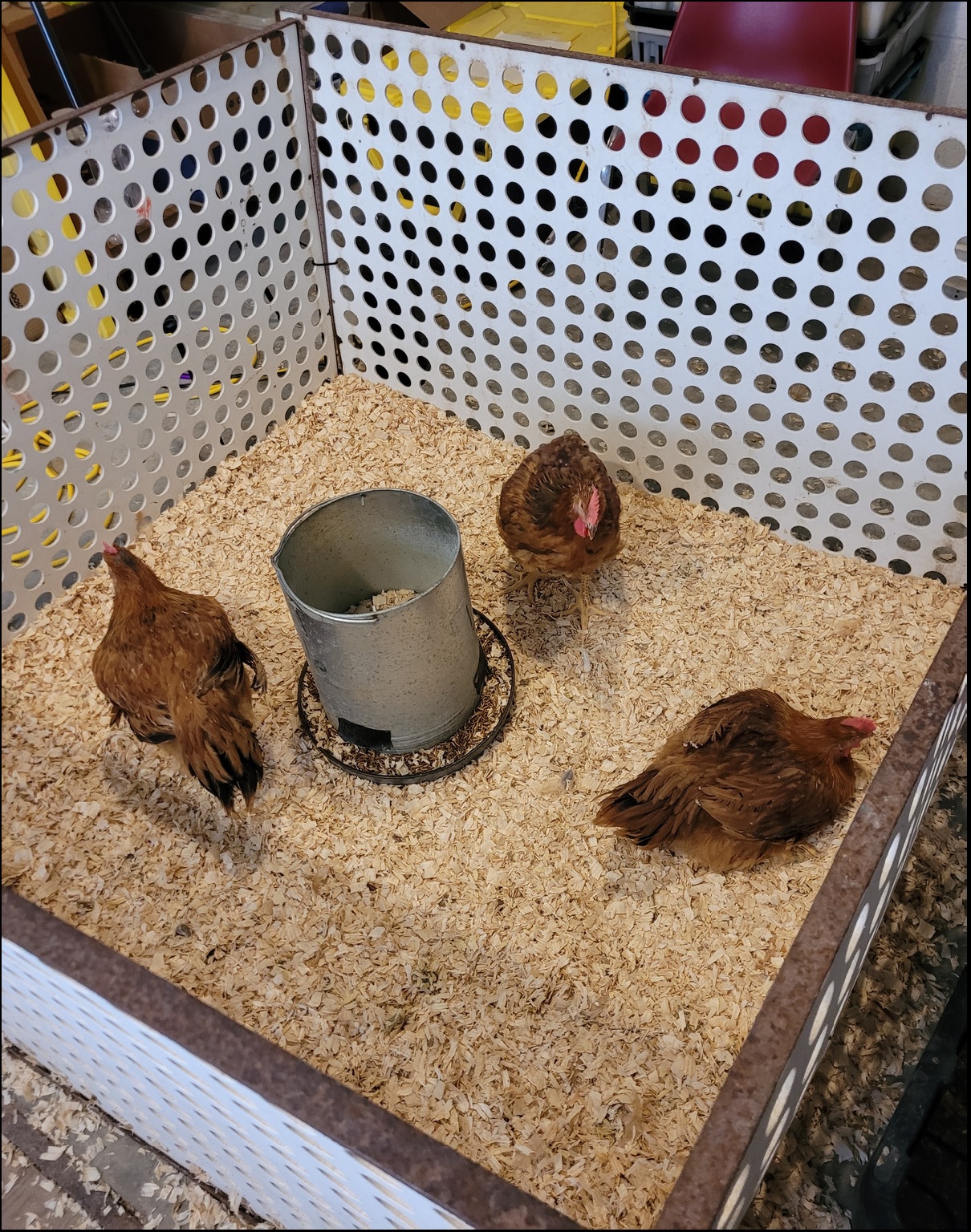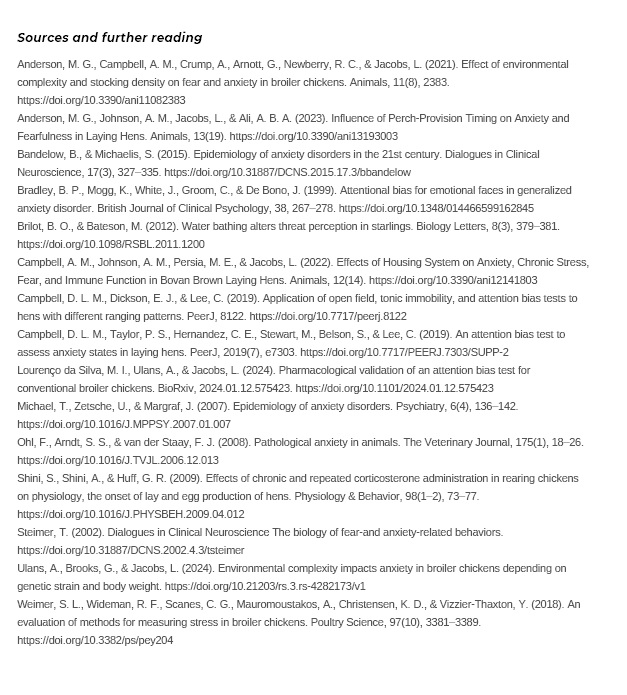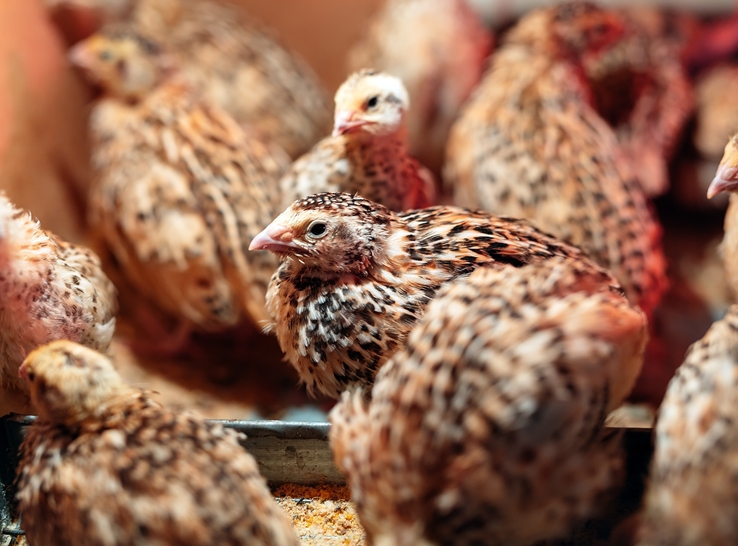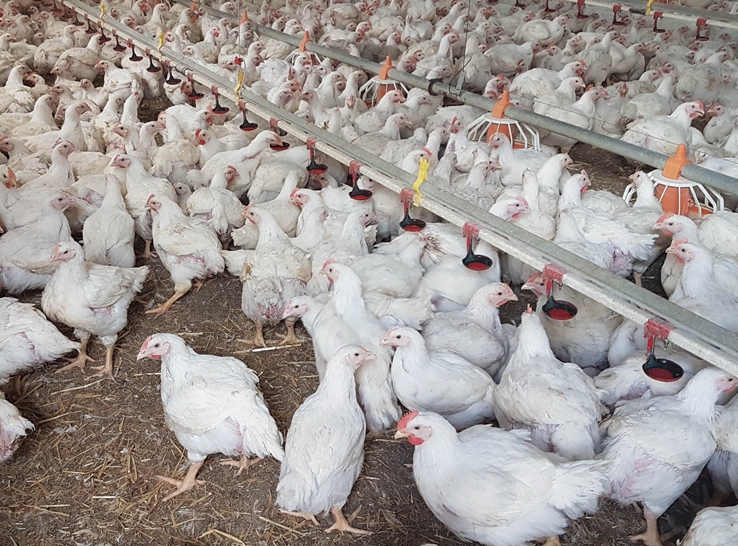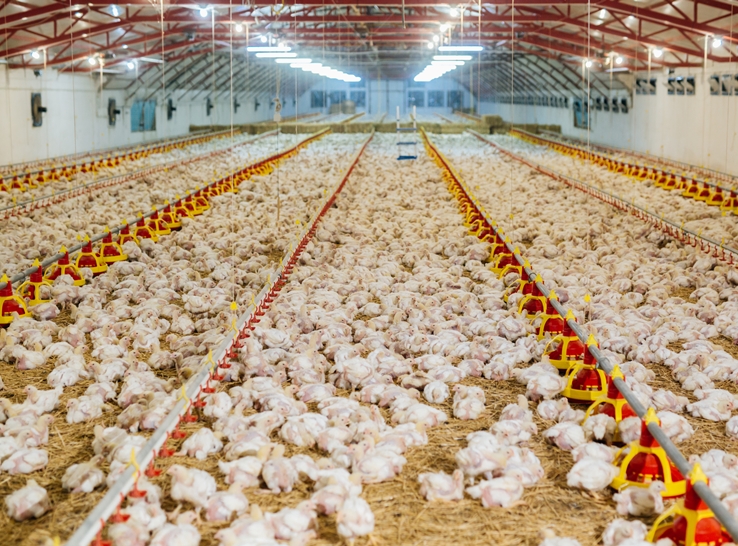By Alexandra Ulans and Leonie Jacobs, PhD
Virginia Tech
Anxiety is the most common mental health disorder in people (Bandelow & Michaelis, 2015). Chickens may also experience anxiety, but it is difficult to measure and research has been mainly focused on assessing fear. However, we can get insight into their mental state based on observations of behaviors.
Attention bias is the tendency for anxious individuals to preferentially focus their attention on negative stimuli rather than positive stimuli. For example, anxious people will focus their attention on threatening facial expressions, over neutral expressions (Bradley et al., 1999). By applying this concept to chickens, we can quantitatively assess their anxiety.
Fear versus anxiety
Fear and anxiety are both emotional responses that occur when an animal is faced with a threat (Steimer, 2002). These responses have similar physiological mechanisms, but are induced under different conditions. When experiencing a known threat, for example a predator is visible, animals will likely experience fear. When the potential threat is unknown, for example there is an unfamiliar sound, animals may experience anxiety, even if they are not necessarily in danger (Steimer, 2002). Fear can be quantified with behavioral tests, such as the tonic immobility, novel arena, emergence, and novel object tests (see an overview here). Anxiety is more difficult to assess, but an anxiety test (attention bias test) only recently developed, applied, and pharmacologically validated in chickens.
What impacts anxiety?
Anxiety is impacted by many factors. In humans, some known risk factors include:
- Genetic predisposition
- Chronic stress
- Early life experiences
- Neurochemical imbalances (Michael et al., 2007)
These will likely be similar in animals.
The attention bias test in chickens
To perform an attention bias test in chickens, they are presented with both a negative and a positive stimulus simultaneously. The positive stimulus is typically a highly desired food item like mealworms, while the negative stimulus can be a recording of a chicken vocalization, such as, an alarm call indicating a predator is nearby. Anxiety is determined by recording how long it takes for the chicken to begin feeding from the mealworms after the alarm call is played, indicating their attention has moved away from the thought of a potential threat towards the food (illustration below). A longer latency to begin feeding indicates a more anxious chicken (Lourenço da Silva et al., 2024).
Applying the attention bias test
The attention bias test has been validated for both laying hens (D. Campbell et al., 2019) and broiler chickens (Lourenço da Silva et al., 2024). Albeit new, a few researchers have applied the test to date. This test can be used to measure the impact of changes to the environment, management, and diet on the birds’ anxiety. Results from this test in research can help producers make informed decisions about bird husbandry and how they impact a key aspect of animal welfare.
Research findings: What impacts a laying hen’s anxiety response?
Perch access
At 21 weeks, Hy-line brown hens in experimental pens with continuous access to perches began feeding sooner after the alarm call and resumed feeding sooner after a second alarm compared to no, early (week 0-17), or late (week 17-21) access to perches (Anderson et al., 2023).
At 37 weeks, hens with continuous access to perches began feeding sooner after the alarm call compared to no, early, or late access to perches (Anderson et al., 2023).
These results suggest that continuous access to perches can reduce anxiety in laying hens.
Outdoor range access
In an experiment, Hy-line brown hens that used the outdoor range at 30 weeks of age were more likely to begin feeding sooner after the alarm call and resume feeding sooner after a second alarm call, indicating they are less anxious than those staying inside (D. Campbell et al., 2019).
This suggests that either anxious hens are less likely to use the range, or that ranging can reduce anxiety.
Conventional cages
Bovans Brown hens at 30 weeks of age began feeding sooner after the alarm call when housed in conventional cages compared to enriched experimental pens (with shavings, a hay bale, hanging cabbage and perches).
So, caged hens were less anxious, but also had increased fear and chronic stress and decreased immune function at 22-23 weeks of age (A. Campbell et al, 2022)
Research findings: What impacts a broiler’s anxiety response?
Housing complexity
At 32-38 days old, Ross 708 broilers raised in complex experimental pens (including a PECK stone, dust bath, perches, and temporary enrichments) began feeding sooner after the alarm call and resumed feeding sooner after a second alarm call than broilers raised in simple pens (only containing shavings, feeders, drinkers). This indicates that the broilers raised a complex environment were less anxious (Anderson et al., 2021).
Broiler chicken growth rate
Slow-growing broilers (Hubbard Redbro Mini) were more likely to feed after the alarm call and were less vigilant, indicating they were less anxious than fast-growing broilers (Ross 708) when assessed at 1, 2, & 3 kg of body weight and 4, 5, & 6 weeks of age (Ulans et al., under review).
Body weight gain
Both fast- (Ross 708) and slow-growing (Hubbard Redbro Mini) strains were less likely to feed and were more vigilant as they gained weight, indicating that broilers became more anxious as they gained weight. All broilers assessed were considered not to be lame (Ulans et al., under review).
Why do we care about chicken anxiety?
Ensuring good animal welfare is our responsibility for the animals in our care. Fear and anxiety are important emotions for animals to appropriately respond to a threat. However, if these responses become excessive, this can result in injury, distress, or development of abnormal behaviors, leading to poor animal welfare (Ohlet al., 2008).
Furthermore, by consistently experiencing the elevated arousal that is associated with these emotions, the chickens are not able to produce the same quantity or quality of meat or eggs (Shini et al., 2009; Weimer et al., 2018).
Summary: Chicken anxiety
- Anxiety can be assessed by measuring how long a chicken’s attention is biased towards a negative stimulus over a positive stimulus.
- This test is pharmacologically validated for laying hens and broiler chickens, and can be applied in welfare audits and research to identify chickens with less anxiety
- The test can be applied in experimental, small-scale, and welfare auditing scenarios to assess anxiety in flocks, an important aspect of animal welfare.
To view all issues of Poultry Press, click here.
Editor’s note: Content on Modern Poultry’s Industry Insights pages is provided and/or commissioned by our sponsors, who assume full responsibility for its accuracy and compliance.


